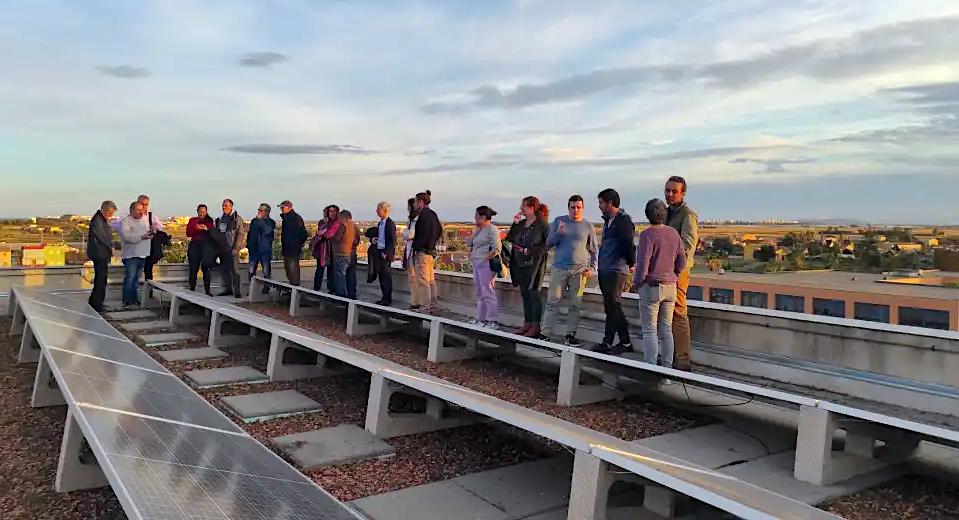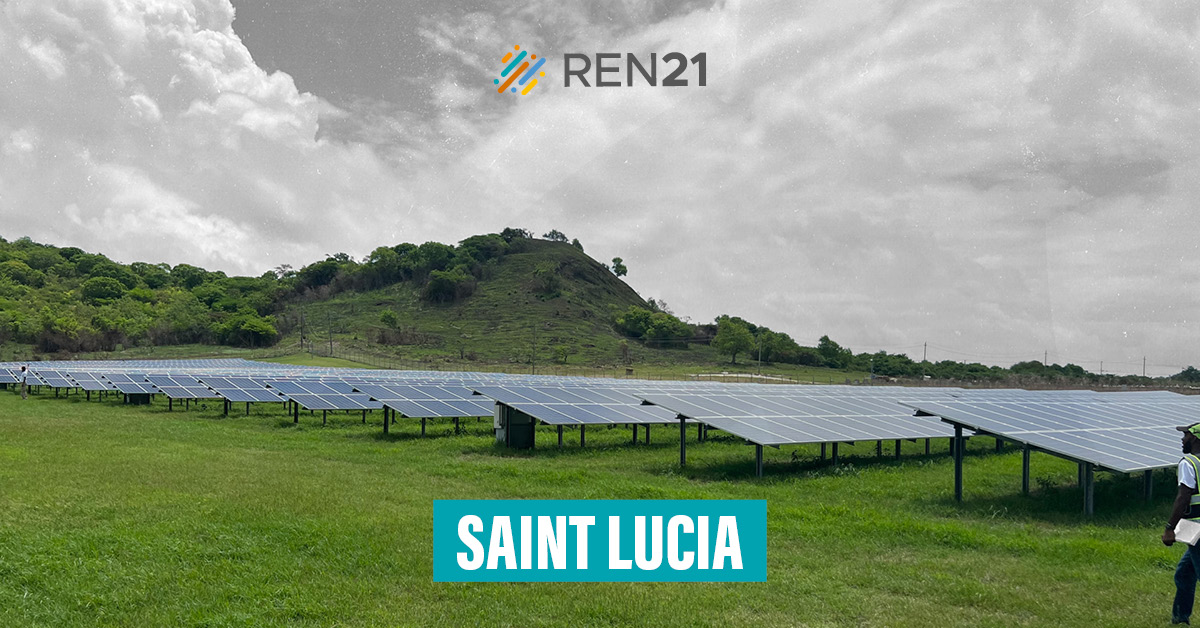In 2021, the Castellar-l’Oliveral made headlines in local and national media for pioneering energy communities in Valencia. Today, energy communities have become increasingly common across Spain, forming an integral part of both urban and rural landscapes. Over the past four years, their numbers have surged, with at least 357 energy communities now operating in the country, according to recent data from ECODES’ Energía Común Energy Communities Observatory.
“Citizens are taking ownership of Spain’s energy transition and demanding a key role in the transformation driven by renewable energy and shared self-consumption,” said Joan Groizard, Director of the Spanish Institute for Energy Diversification and Saving (IDAE).
With rising global electricity demand and urbanisation, local energy communities offer a practical solution by relocating energy production closer to or even within cities. They reduce the need for costly investments in electricity transmission infrastructure, minimize energy waste, and strengthen energy governance and democracy.
Beyond clear benefits in reduced costs, clean energy and greater local control over the energy consumed, grassroots-led renewable energy projects also foster a sense of community. Neighbours who barely interacted before now collaborate on cooperative initiatives. In doing so, these projects empower citizens and create a blueprint for sustainable, community-driven energy transitions worldwide.
Before, we barely said hello and goodbye to each other; today, we are a true community of neighbours,” said Miguel Ángel Rodrigo, Secretary of the Castellar-l’Oliveral Local Energy Community Association. In 2021, this association became the first energy community in Valencia, Spain’s third-most populous city.
Rodrigo recounts how, beyond the environmental benefits and economic savings, the energy community has united neighbours around a shared project initiated as a pilot by the Valencia City Council through the Valencia Climate and Energy Foundation and the Energy Office.
“The greatest satisfaction was the trust the neighbours placed in the project,” Rodrigo said during a video call. Within just one month, 62 families joined the association and contributed the initial 50,000 euros needed to bring the project to life. With these funds and an additional 46% covered by a public grant, the installation was completed in record time—just one month. By November 2021, 118 photovoltaic solar panels were installed on the rooftop of the “La Cebera” civic centre, located in the heart of this southern Valencia neighbourhood. Each panel generates up to 405 watts, and the entire installation has a capacity of 47.79 kilowatts peak (kWp).
“The hardest part of the process was the long time it took to connect to the grid,” Rodrigo explained, noting that bureaucratic delays prolonged the process by almost a year. The system finally began injecting electricity into the grid in November 2022.

Since then, in less than two years, La Cebera’s solar panels have produced 137,268 kilowatt-hours (kWh) of clean energy, helping the 62 families in the association save a collective 13,600 euros annually on their electricity bills. Among these families, three were granted free membership due to their low income and high risk of energy poverty. Today, all members pay significantly less for electricity, with some seeing reductions of up to 50% compared to their previous bills. Beyond the financial savings, the community has also achieved a significant environmental impact, reducing annual CO2 emissions by 60,288 kilograms—the equivalent of planting 3,014 trees.
Significant Savings and Expanding Interest
The benefits of generating clean, local electricity are undeniable, both for the planet and for household budgets. Rodrigo said that 70 more families from the neighbourhood are currently on a waiting list to join the association. However, to expand the community, they require additional rooftop space. To address this, the association is in discussions with a local school, hoping to secure an agreement soon. By allowing solar panels to be installed on its unused rooftop at no cost, the school could save up to 2,000 euros per month on its electricity bills.
When the Castellar-l’Oliveral energy community was established in 2021, each family could join with a minimum contribution of 590 euros. Rodrigo estimates that this investment will be recouped within five to six years. With the PV system’s lifespan estimated at 25 years, this means two decades of pure financial benefit for participating families.
A Europe-Wide Phenomenon
Spain is not an isolated case; collective self-consumption solar installations have soared across Europe supported by post-pandemic recovery funds, and the decreasing costs of solar PV. (Spanish version available below)
Check out REN21’s Renewable Energy in Cities Reports and Renewables Global Status Report.










